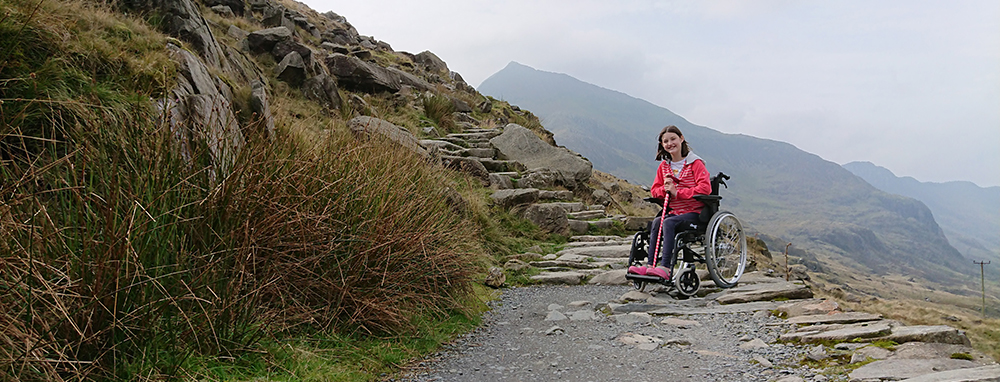So the other day I estimated that the wheelchair would need to be driven by six 3,000 watt motors. At a constant gradient of 40 degrees, to do the 18 mile round trip, the 4QD calculator suggested the motor would have a constant draw of approximately 65 Ampheres.
I have in my shed a very large 12v 120AH leisure battery which I use to power an electric outboard motor on a canoe. The 120AH rating means that with a 6 Amp draw, the battery provided 12v for 20 hours.
With the 65 amp draw of the 3000w motor, this battery would last 1.8 hours (120 ÷ 65). Let’s say it took 5 hours to reach the top, then you would need 3 of these batteries.
Of course, this is only for 12 volts. For 48 volts we’d need to multiply this number by 4. 4 x 3 = 12.
That’s 12 very heavy caravan batteries. At a guess, I’d say my 120AH battery weighs about 30kg. So overall, that’s a weight of 360kg just for the batteries.
But… Because I want to use 6 motors, does that mean I have to multiply this number by 6? If it does, then it would mean that the batteries weighed over 2 tonnes!!!
And of course, if you’re dragging a two tonne battery up the mountain then the power requirements of the motors increase and then so do the battery requirements. Perhaps then it isn’t possible, and this is why it appears something like this doesn’t already exist.
How about looking at other battery solutions?
I came across a 1.2v 500ah battery which weighs 15.9kg dry. To make a 48v battery, you would need 40 of these. 40*15.9. That’s 636kg for one motor and that’s without the battery fluid. You’d then need to multiply this by 6 which is nearly 4 tonnes and that’s before adding battery fluid.
It was starting to look like a bit of a pipe dream so I got out my map and actually measured the distance to the top of Snowdon rather than relying on secondary information. The distance to the top of Snowdon (On the Llanberis Path) is just over 7km, so a 14km round trip, which is far less than the 18 miles that I’d been using up until now. The internet lied!!!
I’ve also made a very basic estimation of the Llanberis path’s gradient. I had originally been using a value of 30 but keeping in mind that I’m sat at my desk and not out in the field, I’ve estimated it to be more like 10 degrees.
So if I took these new values, slowed down both the the acceleration and top speed, and gave the calculator what could be an unrealistic weight of 200kg, the current draw comes down to 20 Amperes. This would mean that 4 of the caravan batteries (120kg in total) in my shed would be able to get us to the top.
The problem now is that I don’t really know if I then need to multiply this by 6, so that each motor has the same battery pack.
I think the answer isn’t going to be as simple as this.
With 6 motors, individually they won’t need to draw as much power from the motors because they’ll be sharing the load. Imagine trying to push a car by yourself. Then imagine how much easier it would be if you had five more people to help.
Using this analogy, I suppose the same amount of force is required to push a car no matter how many people are pushing. Perhaps it’s the same for the motors? It doesn’t matter how many motors you use, the amount of current drawn will be the same.
I don’t know enough about electricity to be able to say if this is the case, and I imagine it’s not as linear as this, but it does at least sound logical. If this is case then it would mean that 120kg battery (or thereabouts) might get the wheelchair to the top of Snowdon. 120kg still sounds like a lot, but really it’s just four caravan batteries and this to me sounds doable. It is at least far more doable than a 3 tonne battery.
Moving forward, it’s clear that I don’t have the required underpinning knowledge to make these kinds of calculations and I think it’s therefore time to ask for some expert advice.
I think I might also have to stop feeding Ada! Or as mum suggested, ask Elon Musk for help.
 ';
';










